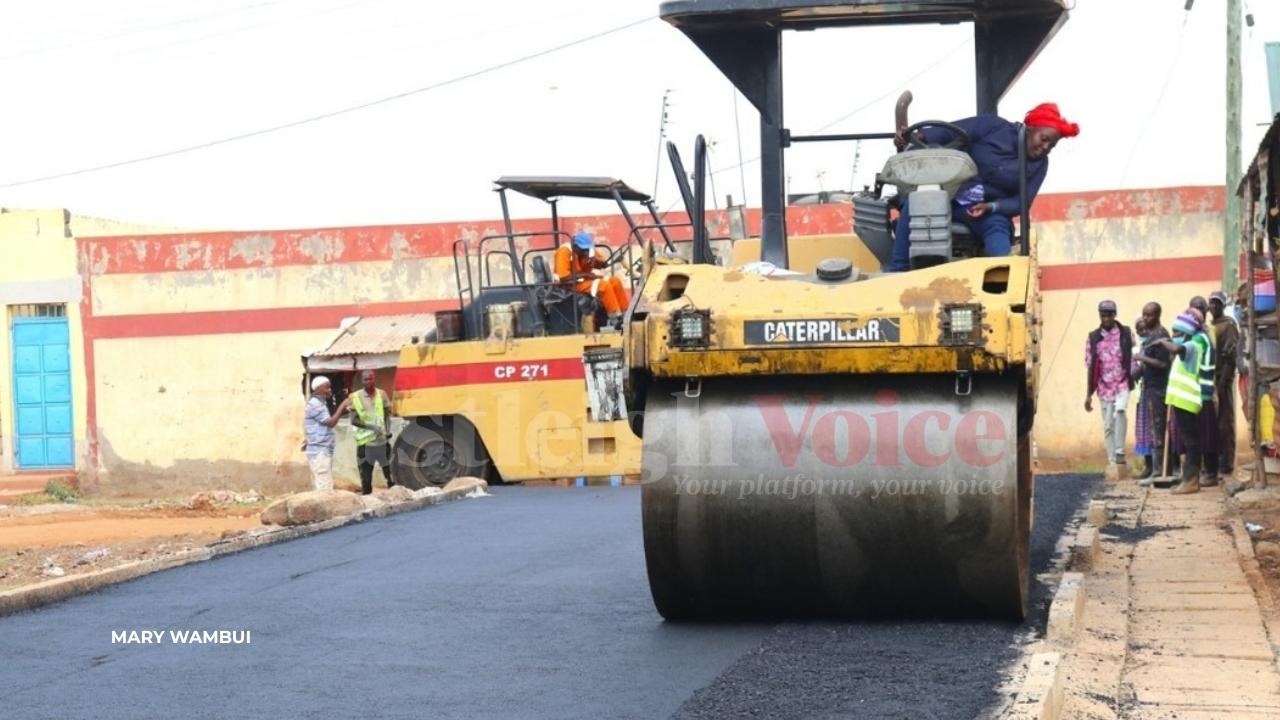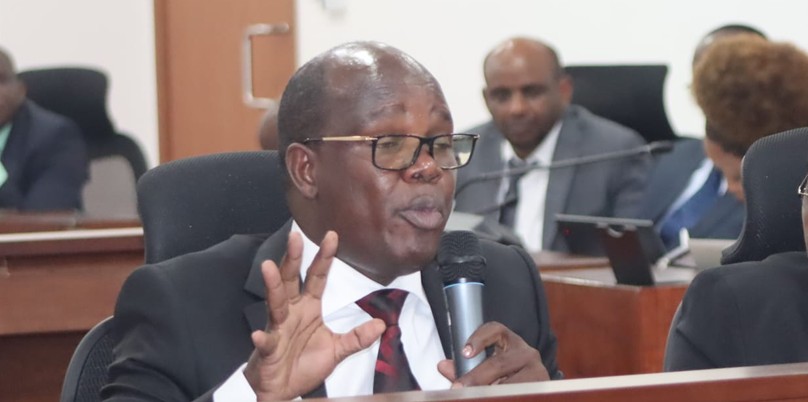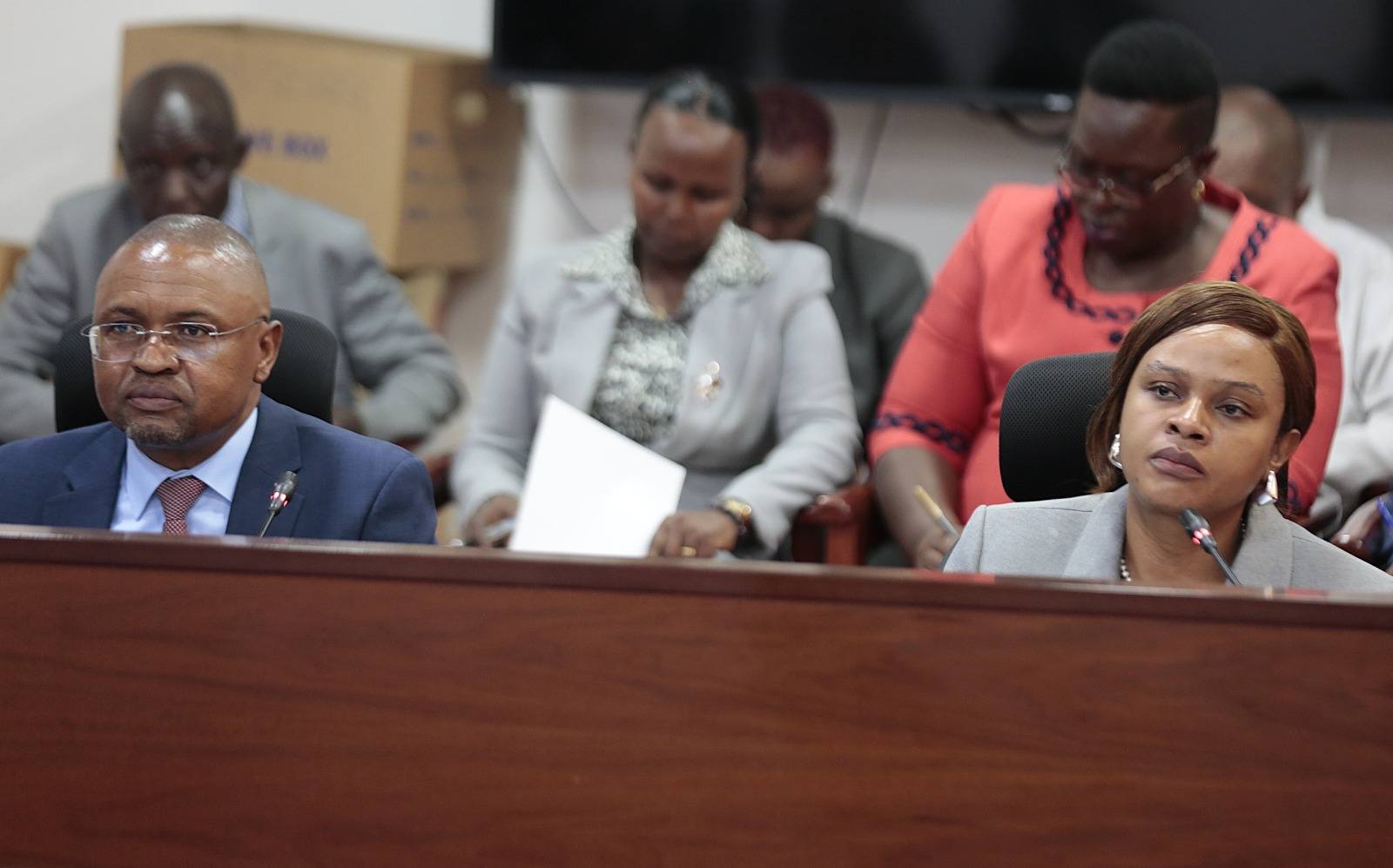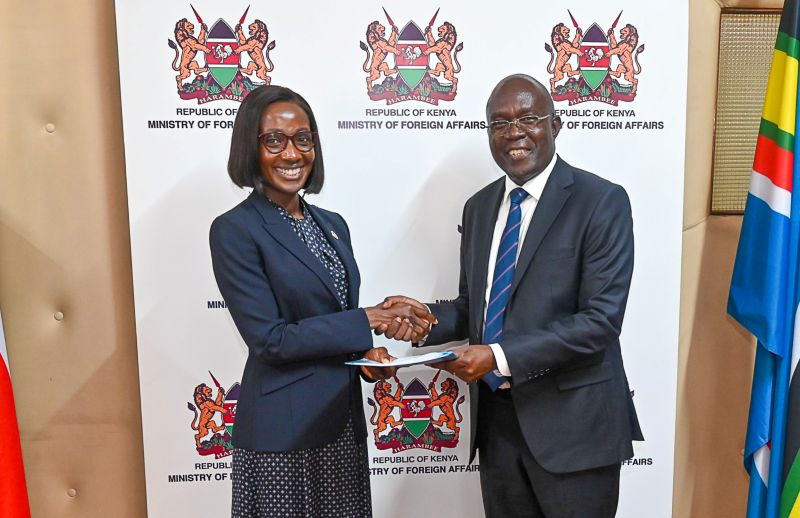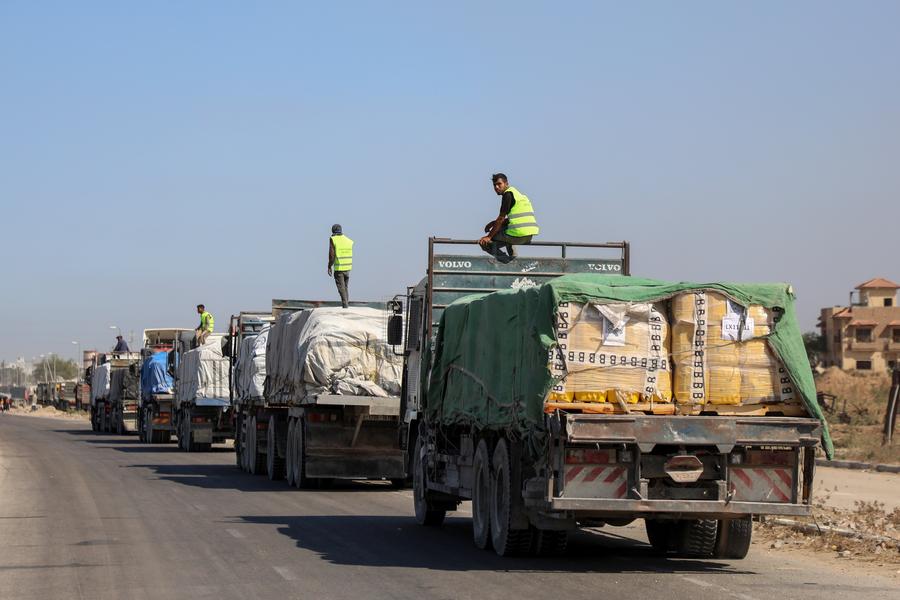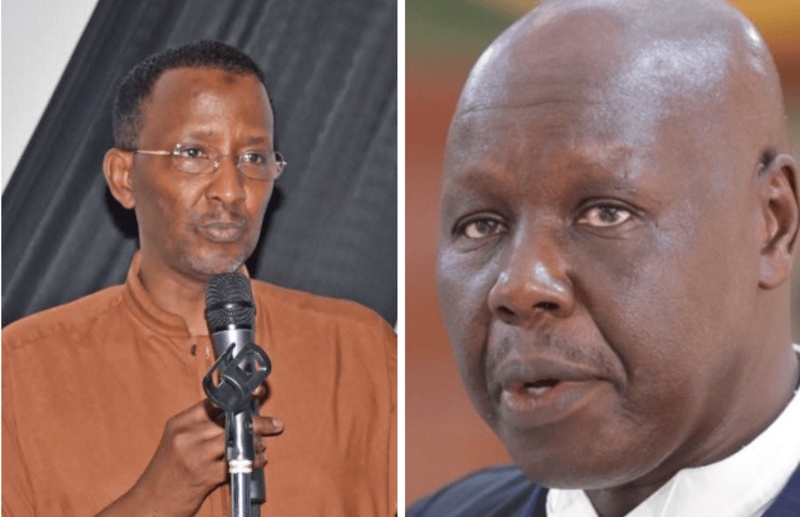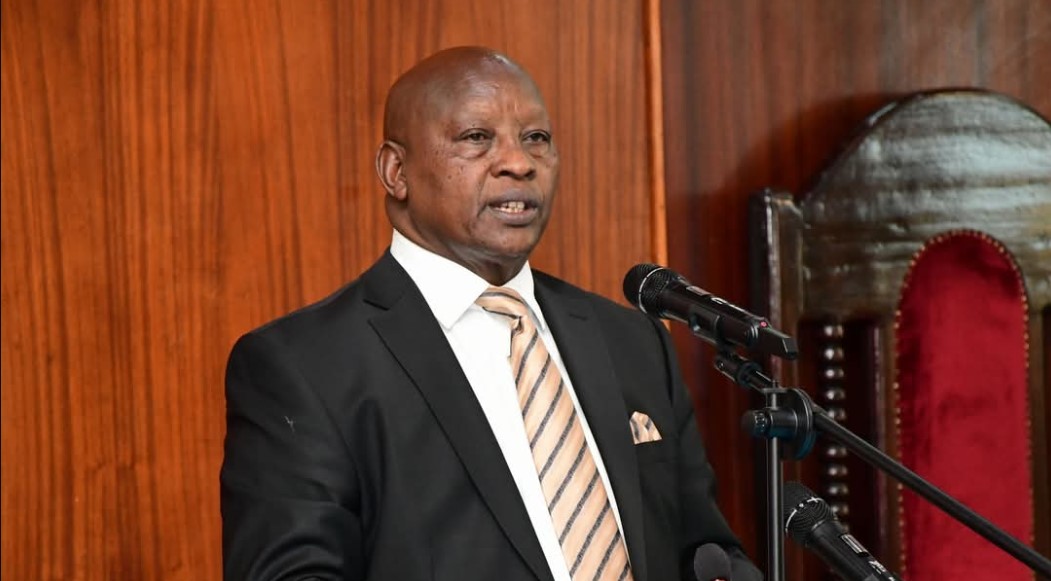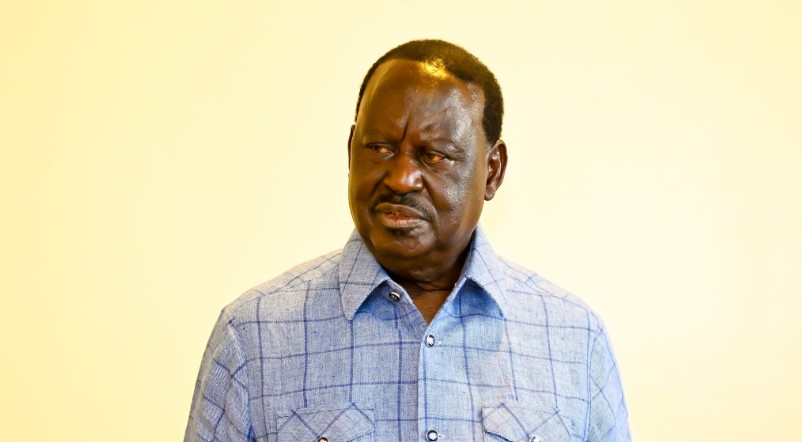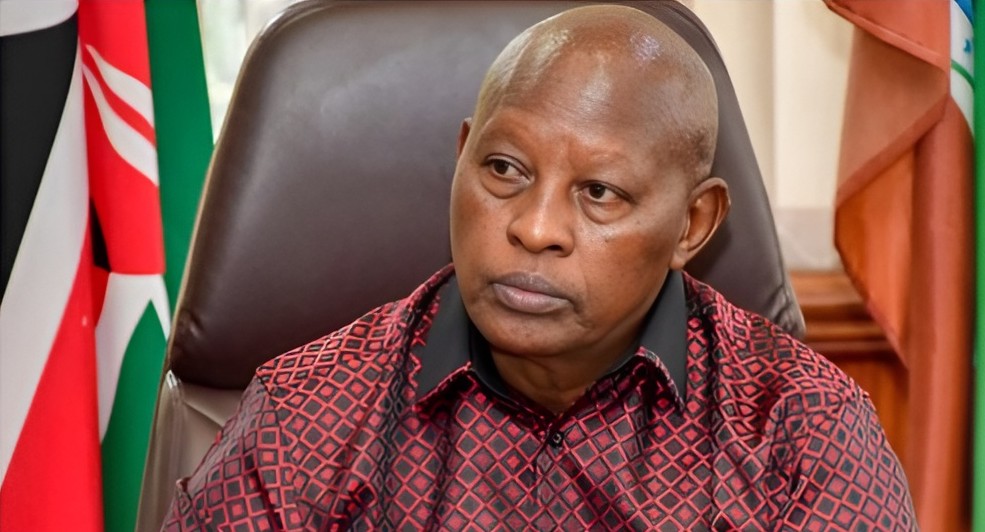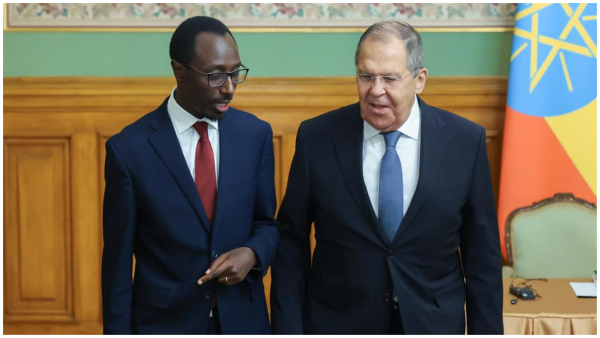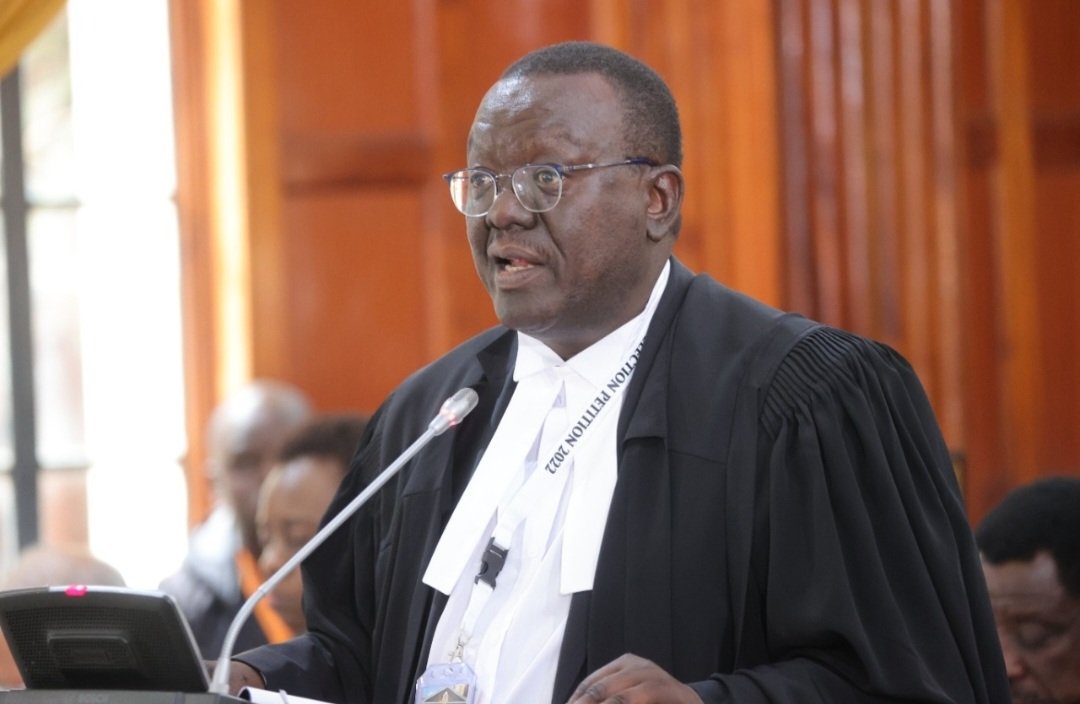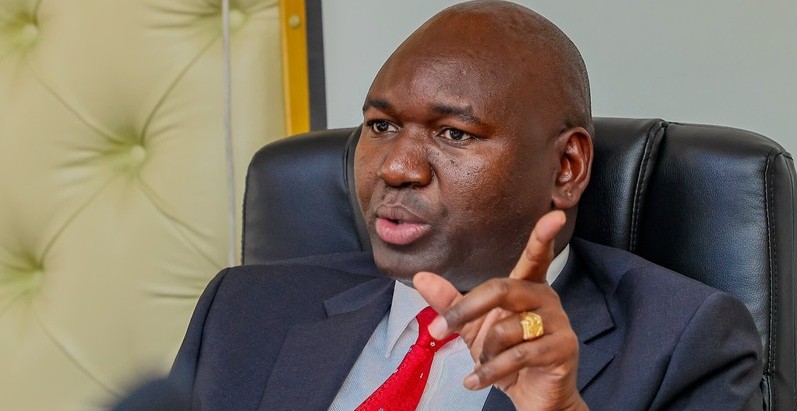CBE transition at risk as specialized teacher gaps widen
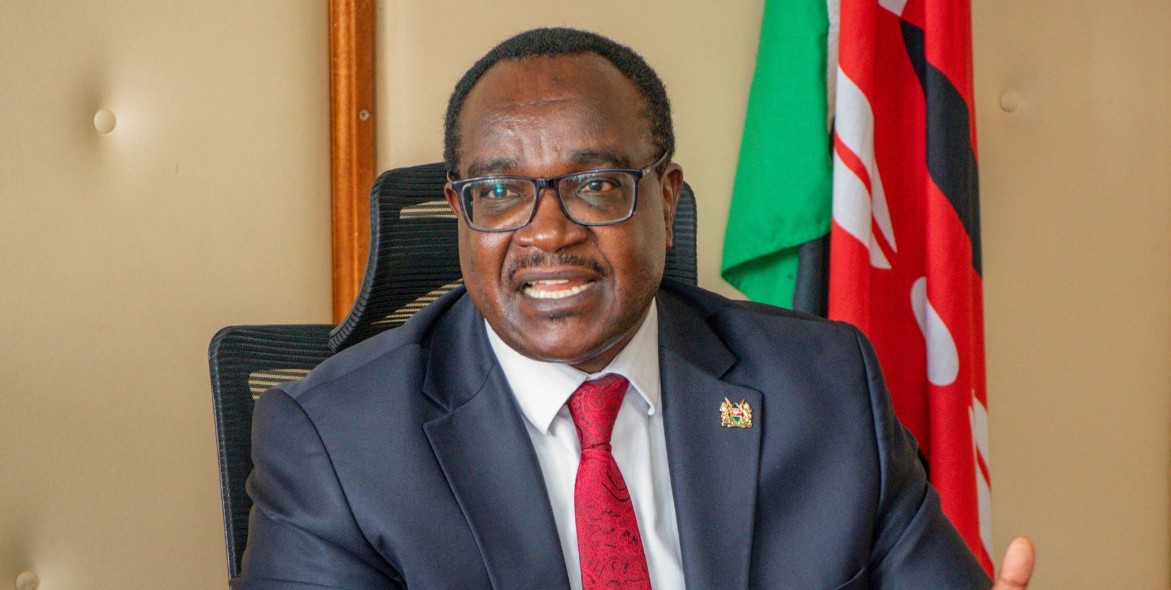
Education Cabinet Secretary Julius Ogamba said the total number of teachers needed across basic education institutions is 137,500, despite large-scale recruitment efforts over the past three years.
As Kenya prepares to transition the first group of Competency-Based Education (CBE) learners to senior school in January, the government has revealed persistent gaps in teaching staff for several specialised subjects.
Officials warn that these shortages could affect the quality of learning for students entering critical stages of their education.
More To Read
- Over 40 lecturers of Technical University of Kenya interdicted for participating in nationwide strike
- Moses Kuria proposes Technical University of Kenya to be named after Raila; here are steps followed in renaming an institution
- Over 400 candidates risk missing KCSE exam as court declines to reopen Litein Boys
- Education CS Julius Ogamba summoned by MPs over delays in school capitation funds
- KCSE to start November 2 as Education Ministry unveils 2026 academic calendar
- TSC to send unemployed teachers overseas under new framework
Speaking during an education conference held in Mombasa, Education Cabinet Secretary Julius Ogamba highlighted that subjects including pre-technical studies, vocational courses, science, technology, engineering and mathematics (STEM), social studies, home science, art and craft, and music face the most serious staffing shortfalls.
He said the total number of teachers needed across basic education institutions is 137,500, despite large-scale recruitment efforts over the past three years.
“The shortage is acute in specialised subjects such as social studies, integrated science, pre-technical studies and various vocational and STEM fields. This underscores the urgent need for expanded and targeted teacher training programmes, especially at the diploma and degree levels, to address these gaps and support Kenya’s curriculum reforms,” Ogamba stated.
Data from the Teachers Service Commission (TSC) shows that junior schools are missing 72,422 teachers, while senior schools lack 65,070.
The commission manages a workforce of 431,831 teachers on payroll, yet another 369,430 registered educators are not employed, contributing to the shortfall.
Although enrolment in teacher training colleges is increasing, the gap between supply and demand persists. Public diploma colleges have the capacity to train around 49,000 students for primary and secondary teaching.
Universities have also expanded their education programmes, enrolling over 183,000 students in bachelor’s degrees, mostly in arts (57.1 per cent) and sciences (29.3 per cent).
Postgraduate enrolment remains low, signalling the need to improve opportunities for advanced education and specialisation to fill crucial teaching positions.
Top Stories Today
